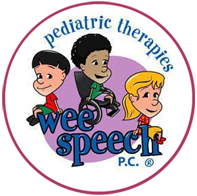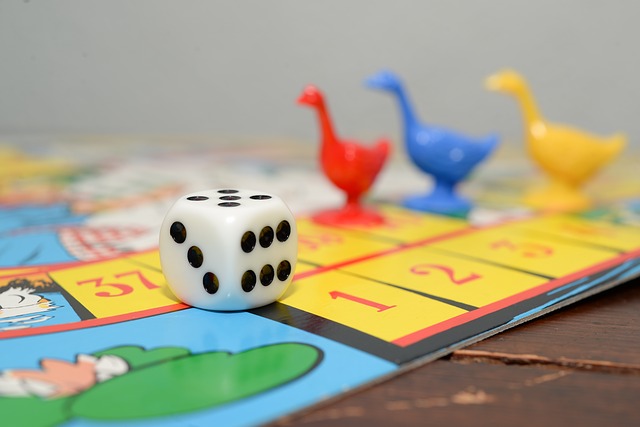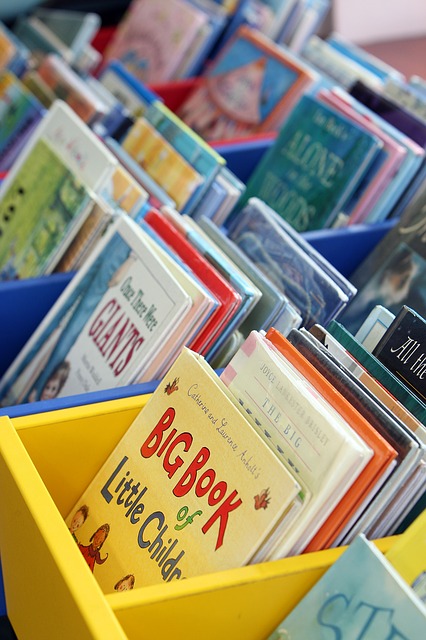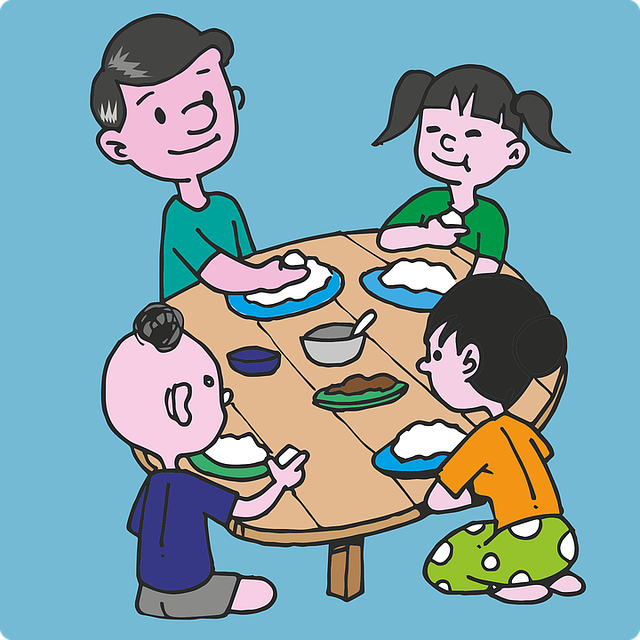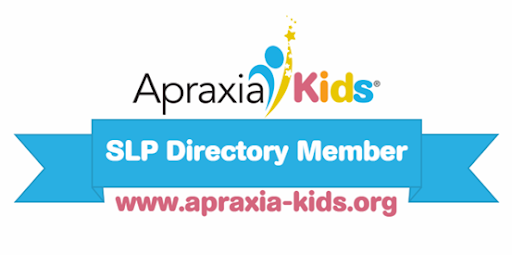Regulation for success!
Levels of Arousal play a large role in a child’s state of regulation. In an article written by Jessie Ginsburg, she discusses ways to adjust ones actions in order encourage the optimal level of arousal during sessions. Children with high levels of arousal appear to have high energy and can move quickly around the room. Children with low levels of arousal seem passive and have decreased energy. In order to achieve the optimal level of arousal, ask yourself several questions to help find the most accurate path. The first question is ‘what arousal level is the child coming in with?’. We need to gauge their current level of arousal (i.e. high to low) to determine if we need to decrease
